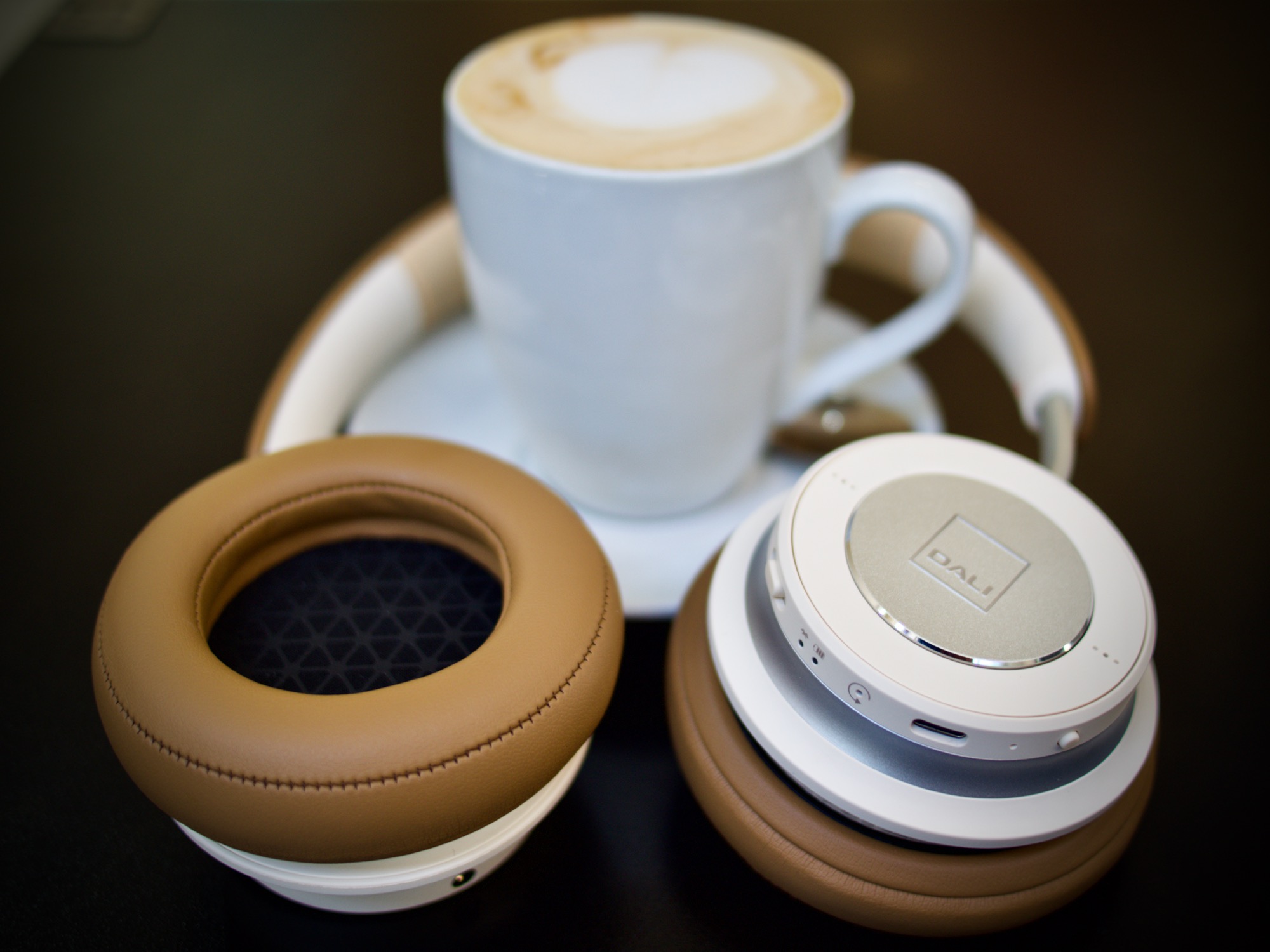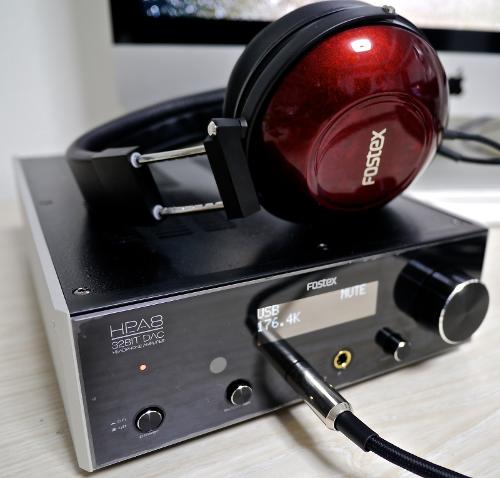Introduction
China & Korea have been churning out DAPs that it's gotten to a point it's difficult to keep track of. A lot of these DAPs also have a rather idiosyncratic and non-intuitive user interface, and/or slow to react to user interaction, coupled with poor battery life. They may have good sound however their poor user interface and impractical battery longevity is almost a deterrent to take them out for use. Therefore when @audionewbi encouraged me to give the Lotoo Paw Gold a shot, I felt I was doing him more a favour than for the product as I had little interest a gaudy looking DAP from China.I managed to borrow a Lotoo Paw Gold from the local Japan distributor, Top Wing Tokyo, for 3 weeks and as I'll divulge in greater detail later that I'm extremely thankful that @audionewbi had brought this product to my attention as it turns out to be quite a wonderful DAP. To me it's a demonstration that brands from China are capable of producing something that not only sounds good but also has a decent interface that rivals some of the premium and more popular DAPs. Finally some focus has been paid to the user interaction to the device with an acceptable speedy response, rather than just focused entirely one sound.
I won't get into the specs of the device as the information is easily found elsewhere, nor will I delve into Lotoo except to say that Lotoo OEMs for Nagra (which seems to be better known).

Specifications Highlights & User Interaction
I know, I mentioned I won't get into the details of this DAP but feel compelled to write a few words. The DAP uses a Burr Brown/Texas Instruments PCM1792 DAC & LME49600 OpAmp. It also has a 6000mAh battery that charges via a 12V/1A DC charger - therefore not USB charging. The battery is claimed to last 11 hours however I've not tested it that far. It has lasted a whole day for me so it seems it does come close to the advertised duration. During burn-in, the DAP does run rather uncomfortably hot therefore it's not recommended to have it in the pocket for Aextended duration.The DAP is 60x104x25.4mm in dimension and weighs 280g. It fits in quite nicely in my hand and feels very solid :-
What grabbed me the most about the DAP is the interface is fast especially when it comes to playing large files (DSD, 24/192 FLAC, etc.). This is unlike some (more like most) other DAPs where there's a delay in hitting "play" and the track actually starting. Scrolling is fast too and overall the interface is quite intuitive. The LCD screen is a little daunting with all the colourful feedback it provides (probably an overkill) however it's not unattractive. Overall user interaction to me though is a surprise blessing as I didn't expect it to operate so smoothly and quickly. This to me is probably one of the major features of this DAP.
Sonics

Before I started the review, I let the Paw Gold burn in for approx 100-150 hours listening to it every now and then. To me, the sonics did change during that time but very little. The treble smoothed out a little more but didn't change the overall signature of the DAP. During the time of listening, I compared it mostly against my Hifiman HM-901 with the yellow discrete Amp board, courtesy of @Mimouille who helped me buy one from China a few months back. Earlier this afternoon I also did compare it to my trusty Sony NW-ZX1. Unfortunately I didn't have my AK240 therefore was not able to provide a comparison against the iRIver DAP.
My primary earphone was the Noble Kaiser 10 (K10's) with a Dita Truth cable, FitEar MH335DW-SR with Tralucent Silver/Gold v2.0, and rather briefly Dita's Truth.
Most of the time I was listening to Alan Parson's Project Eye in the Sky, Earth Wind & Fire's Let's Groove, Shelby Lynne's You Don't Have To Say You Love Me & I Only Want To Be With You, Toto's I'll Be Over You, Sarah Morgann's Through The Eyes Of Love, & Alison Krauss' It Wouldn't Have Made A Difference - therefore mostly vocal jazz and some 80's pop/rock.
As an overall especially in comparison to the HM-901 & NW-ZX1, I found the Lotoo Paw Gold to sit right in between the two in terms of tonal signature. The Paw Gold felt neutral after going back 'n forth between the other DAPs. Compared to the HM-901, it feels somewhat more sterile but by no means no less musical. The HM-901 has a more warmer, mature and meatier sense of grasp of the music tracks but lacks the clarity and transparency in the trebles of the Paw Gold. As such the Paw Gold also feels somewhat fresh with a sense snap crispness giving it more air and spaciousness over the HM-901. The HM-901 felt more intimate with greater sense of depth due to it's warmer bass but the Paw Gold seems to have the edge of headroom. The combination that worked well for me was the Paw Gold with K10's and Dita Truth cables since the K10s are somewhat warm in the midbass to midrange and neutral trebles especially with vocals.
Switching to the FitEar MH335DW-SR however, which has copious amount of sub bass, the HM-901's warmer signature seems to take advantage of that by giving the overall signature a little more "thump" and authority. As such with the MH335DW-SR, I do have a tendency to pair it to the HM-901 instead however only marginally so. The Paw Gold still pairs well with the MH335DW-SR but just a tad dry compared to the HM-901.
With regards to the Dita Truth IEMs, I feel the Paw Gold emphasises a little too much on the trebles and on some tracks can sound somewhat brittle.

Meanwhile, I did get an opportunity to compare the Paw Gold to the NW-ZX1 too. This is where the Paw Gold demonstrates its neutrality. The NW-ZX1 has a more treble focus and across all the 3 IEMs could sound somewhat "rough" and a little harsh by comparison to the Paw Gold. Vocals are more emphasised on the NW-ZX1 too (but that doesn't mean the Paw Gold is mid recessed).
The Paw Gold performed rather well against these two other DAPs however when compared to dedicated components such as the Aurender Flow, the Flow does have the edge especially from the perspective of soundstage, depth and microdetail smoothness. However the Flow is a large component that requires an external player and is not so easily pouchable.
Conclusion
This DAP has actually great potential. Sonically it's up there with the rest of the premium DAPs and practically in terms of battery longevity and ease of use it's a blessing compared to some of the other DAPs around. I actually don't mind the aesthetics after a few days especially coupled with my flashy red with gold flakes Noble K10's (heck, this is Tokyo afterall...a land where walking out in your PJs is considered as fashion), and if one doesn't mind that, the only horrific pricing. In Japan the AK240 is ¥248,000 whilst the Lotoo Paw Gold is ¥285,000. It doesn't feature the balance headphone out the AK240 or the HM-901 has (with the balanced amp module), but at least with respect to the HM-901, I feel the Paw Gold doesn't really need to have balanced out. It's also a pity it doesn't support ExFAT but that's possibly why there's a USB 3.0 interface instead of USB 2.0.






























































































 (nor size).
(nor size).









